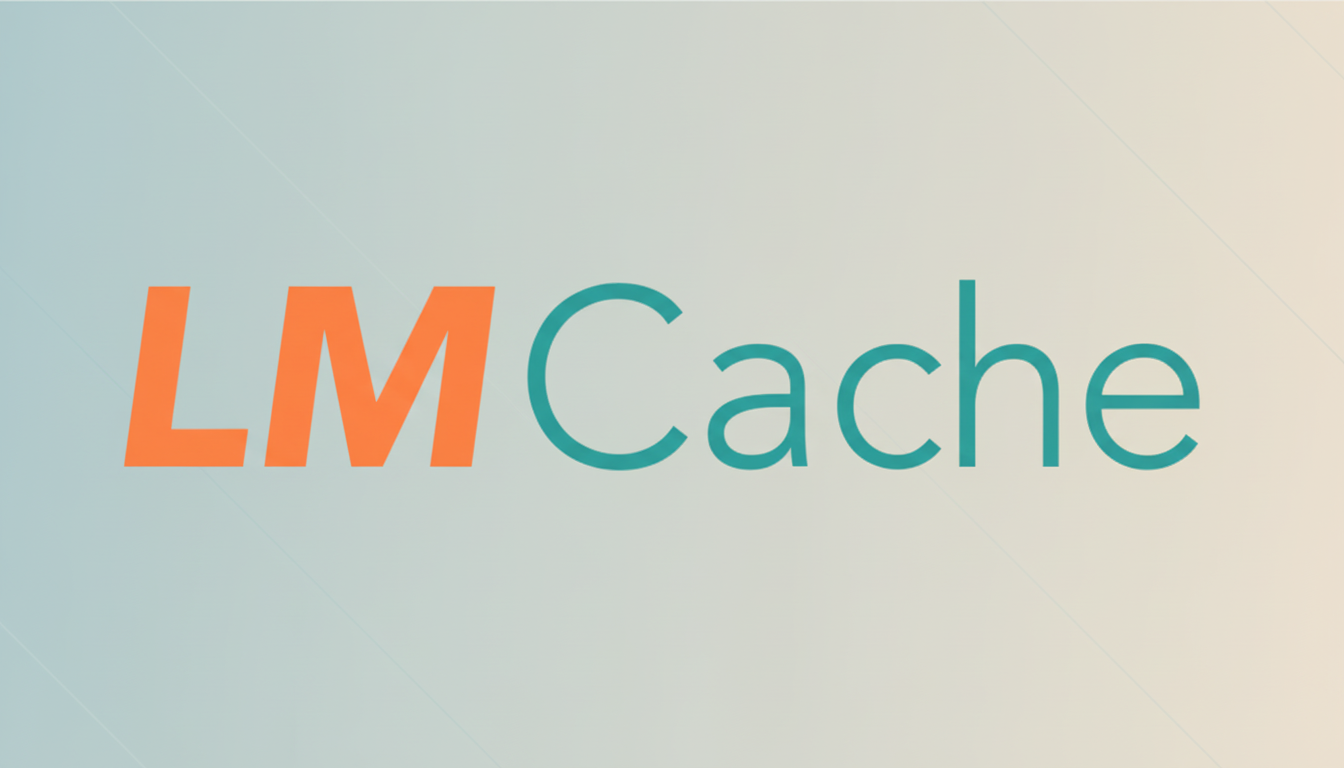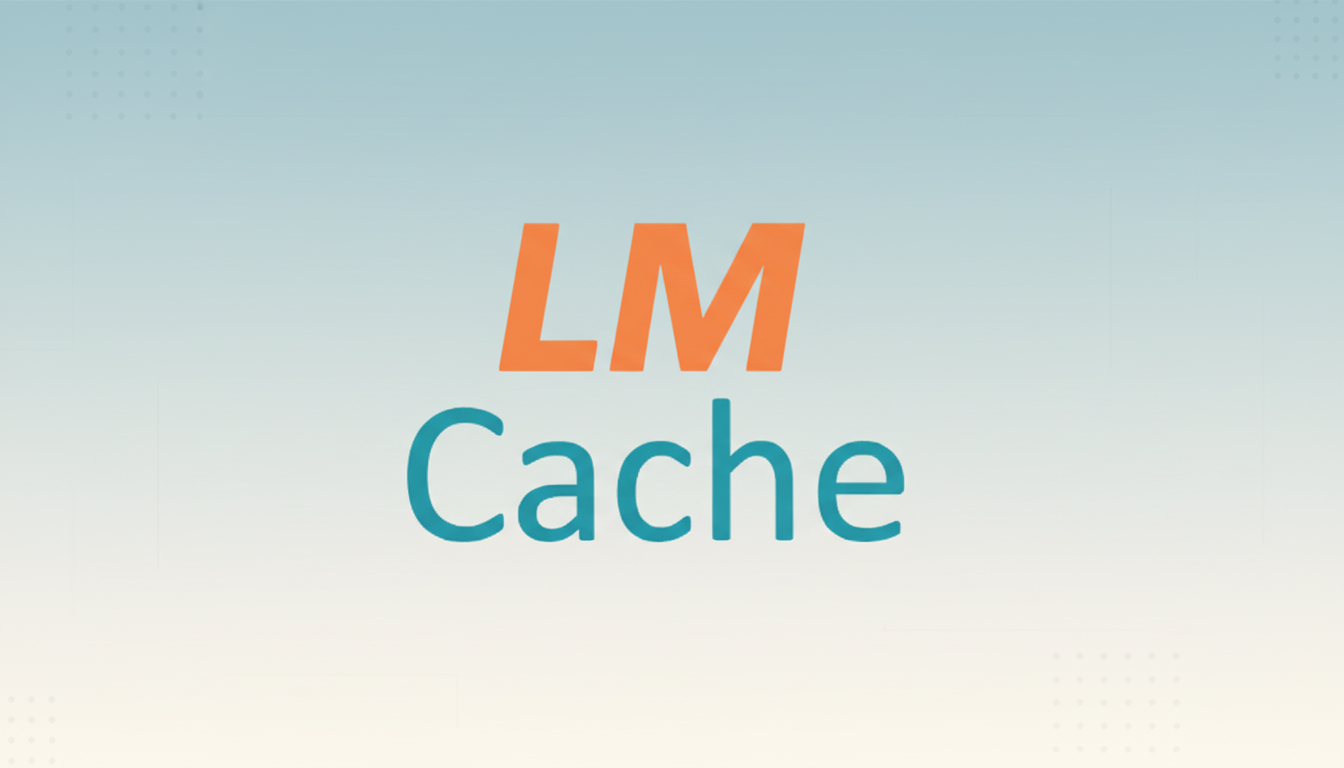Tensormesh has emerged from stealth with $4.5 million in seed funding to commercialize software that squeezes more output from existing AI server loads. The round was led by Laude Ventures with participation from angels including database pioneer Michael Franklin, backing a team that believes the fastest way to more throughput is smarter memory, not more GPUs.
The company’s bet centers on LMCache, an open-source project created by co-founder Yihua Cheng and already adopted across developer communities, with integrations from Google and Nvidia. By reusing the key-value cache produced during transformer inference, LMCache has demonstrated cost reductions of up to 10x in certain workloads, turning an academic optimization into a pragmatic lever for production systems.

Why Squeezing AI Inference Matters Right Now
As model sizes and context windows grow, inference—not training—has become the dominant driver of AI infrastructure bills. Industry analyses from organizations like Gartner and IDC have flagged spiraling inference costs as a top barrier to scaling AI applications, especially as enterprises push longer chats, richer agents, and retrieval-augmented pipelines into production.
GPU supply has improved but remains expensive, and MLPerf Inference benchmarks show a widening spread between peak hardware capability and real-world utilization. The gap is increasingly a software problem: batching, scheduling, and memory movement determine how many tokens per second an organization truly gets from its clusters.
The KV Cache Advantage for Faster AI Inference
Transformers compute attention over a sequence using a key-value (KV) cache, which is typically discarded after each request. Tensormesh co-founder and CEO Junchen Jiang argues that tossing that cache is like letting a skilled analyst wipe their notes after every question. Tensormesh holds onto those notes and reuses them whenever a future request overlaps with prior computation.
Practically, that means orchestrating a hierarchy of memory: keeping hot KV segments on GPU, spilling warm segments to CPU RAM, and parking cold segments on NVMe—while avoiding latency spikes that would negate the gains. The software manages chunking, eviction, and consistency, ensuring caches are safely reused across recurring prompts, long chats, agent loops, and multi-turn planning.
In chat applications, where every new message requires revisiting a growing transcript, cache reuse avoids recomputing attention over identical prefixes. In agentic workflows, repetitive tool calls and state checks become cheaper as shared segments are fetched rather than recomputed. Tensormesh’s team says these patterns are where LMCache’s up-to-10x cost wins have shown up most vividly.
The approach complements other serving optimizations such as continuous batching, speculative decoding, and FlashAttention. Where techniques like paged attention reduce memory fragmentation, LMCache specifically targets reuse across requests and sessions—one of the most underexploited levers in today’s LLM stacks.

From Open Source to a Product for Enterprises
While sophisticated teams can attempt similar systems internally, Jiang says the operational edge cases are punishing: memory thrash under bursty traffic, correctness across tenants, cache invalidation on retrieval updates, and observability for SLOs. He notes that some companies have assigned 20 engineers for a quarter to build and harden such layers; Tensormesh aims to make it a drop-in capability.
The company is building a commercial offering that sits alongside standard serving frameworks and accelerators, designed to work with ecosystems such as TensorRT-LLM, PyTorch, and vLLM-style servers. Expect features enterprises care about—policy-driven eviction, auditability, namespace isolation, and metrics that map reuse rates directly to dollars per million tokens.
Crowded Field but Clear White Space in AI Inference
The inference stack is crowded: cloud providers are rolling out optimized endpoints, while startups and open projects like vLLM, SGLang, and Ray Serve focus on scheduling and throughput. Hardware challengers promise raw speedups. Yet systematic KV cache reuse across sessions remains early in most production deployments, constrained by engineering complexity and concerns about latency and correctness.
That leaves room for a focused layer that plays well with existing accelerators from Nvidia and emerging systems from Google, while delivering measurable gains without code rewrites. If Tensormesh can turn LMCache’s community traction into a polished, supportable product, it could become a standard component in the LLM serving toolkit.
What To Watch Next as KV Reuse Moves to Production
Key markers will be reference customers in chat, support automation, and agent platforms; published benchmarks that tie cache hit rates to latency and cost; and integrations with retrieval systems where cache consistency is tricky. Security and privacy controls around cross-tenant reuse will also be scrutinized by regulated adopters.
For now, the seed round gives Tensormesh runway to productize a technique that many teams need but few can build quickly. In an era where every extra token per second matters, smarter memory may be the most capital-efficient upgrade AI infrastructure can buy.

